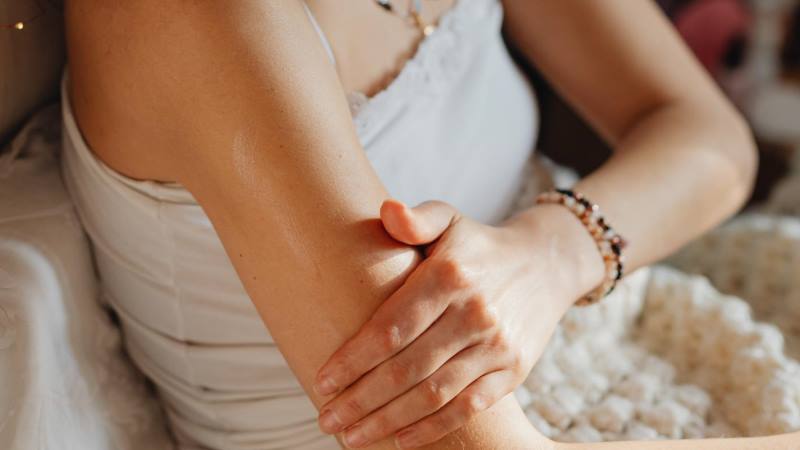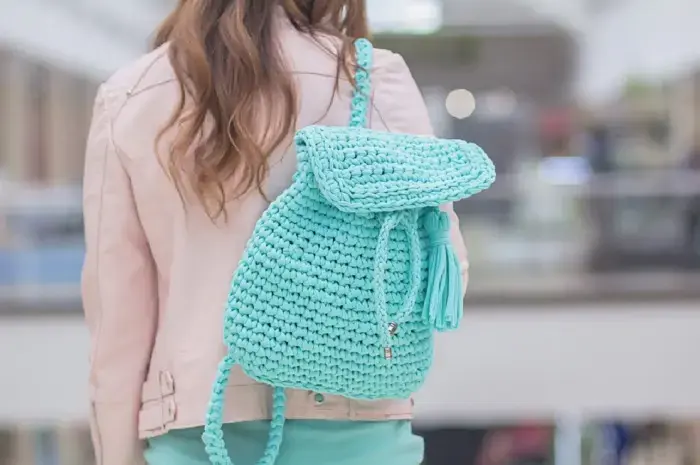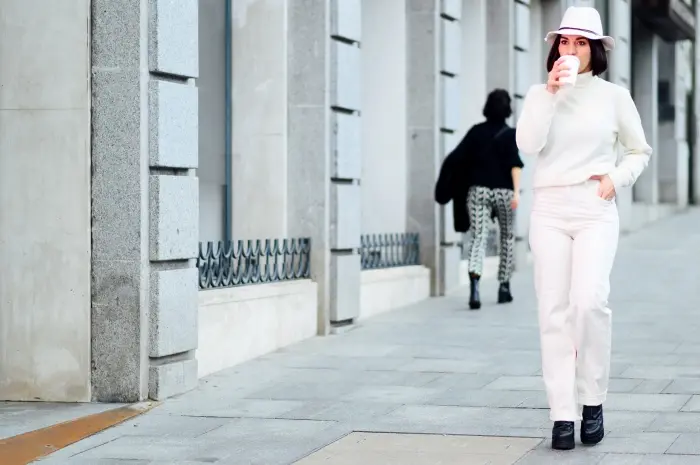Discover the best lightweight, breathable hijab materials to keep you cool and comfortable during the summer months.
Choosing the right hijab material for summer is crucial for comfort, style, and maintaining modesty in warmer weather.
The ideal summer hijab should be breathable, lightweight, and able to wick moisture away, keeping you cool under the sun.
Here’s a comprehensive guide to selecting the best hijab material for summer, including key considerations and top fabric choices.
1. Breathability and Comfort
The primary factor in choosing a summer hijab is breathability. Fabrics that allow air circulation will enable better cooling and prevent overheating.
It’s also essential that the material feels soft and comfortable against the skin, as it will be worn for extended periods.
2. Moisture Wicking
Sweat absorption is another critical consideration. A good summer hijab material should be able to wick moisture away from the skin, which helps in cooling down the body temperature and ensures comfort during hot days.
3. Weight and Texture
The weight of the fabric is vital for summer wear. Lighter materials are preferable as they will not weigh down on you or trap heat.
The texture should also be smooth and non-irritating, as summer heat can increase skin sensitivity.
4. Durability and Ease of Care
Summer activities can mean more frequent washing. The chosen material should be durable and easy to care for, resisting wear and tear while maintaining its color and shape after washing.
5. UV Protection
Some fabrics offer UV protection, which is an added bonus for protecting the skin from harmful ultraviolet rays, especially if you spend a lot of time outdoors.
Top Fabrics for Summer Hijabs
Based on the criteria above, here are some of the best fabric choices for summer hijabs:
Cotton
- Pros: Cotton is highly breathable, soft, and absorbent, making it ideal for high temperatures. It’s also gentle on the skin and comes in various weaves and densities.
- Cons: Pure cotton can wrinkle easily and may shrink if not pre-washed before tailoring.
Chiffon
- Pros: Chiffon is lightweight and airy, providing a good level of breathability. It drapes beautifully, offering a stylish and elegant look.
- Cons: It can be slightly transparent, which might require layering with another scarf or an undercap. Chiffon also does not absorb moisture well.
Rayon
- Pros: Made from natural fibers, rayon is soft, lightweight, and comfortable. It absorbs moisture better than cotton and dries quickly.
- Cons: It can be weak when wet and may lose its shape over time if not properly cared for.
Viscose
- Pros: Viscose is soft, lightweight, and has a silky appearance and feel, making it comfortable to wear in heat. It also has good moisture-wicking properties.
- Cons: Similar to rayon, viscose can become weak when wet and may stretch or shrink.
Linen
- Pros: Linen is highly breathable and one of the best fabrics for heat regulation. It is also stylish and becomes softer with every wash.
- Cons: It can feel rough to the touch initially and tends to wrinkle easily.
Jersey
- Pros: Jersey is stretchy, soft, and breathable with a good moisture-wicking capability. It drapes well and provides a casual look.
- Cons: It might be a bit warm if the fabric is too thick or tightly knit.
Styling Tips
When wearing hijabs in summer:
- Opt for lighter colors: They reflect rather than absorb the sun’s rays.
- Experiment with styles: Loose styles allow more air circulation around the neck and shoulders.
- Layer wisely: If using sheer materials like chiffon, layer them strategically to maintain modesty without adding bulk.
Conclusion
Selecting the right hijab material for summer involves balancing functionality with style.
Fabrics like cotton, linen, and lightweight jersey are excellent choices for their breathability, moisture-wicking properties, and comfort.
By choosing wisely, you can stay cool, comfortable, and stylish throughout the summer months.









